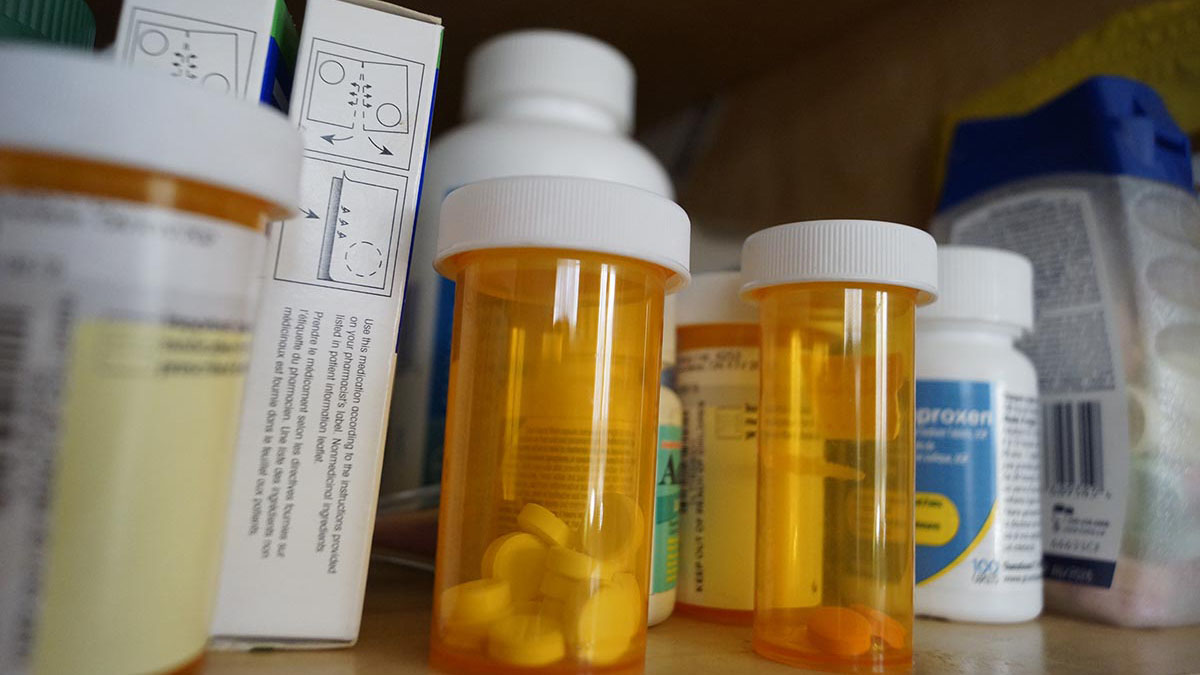Canadians living with diabetes hope future trips to the pharmacy won’t cost them anything.
The first phase of a proposed national pharmacare program funds contraception and diabetes medications, though the legislation has received mixed reviews and faces an uncertain path.
“I don’t even want to think about how much money I have spent throughout my life on my insulin,” said Georgia Callahan, a student living with Type 1 diabetes.
While Callahan has insurance, without it she would pay around $124 a month just for insulin, or nearly $1,500 a year.
“I am lucky that I have had insurance this long. But when I graduate, I am not sure what I will do.”
After she finishes her degree, she expects she won’t have insurance, at least initially.
Diagnosed with Type 1 diabetes at 8, Callahan uses insulin and other medication and technology to stay alive.

“It seems like a manageable disease. And it is, if you have all the things you need, but it’s not just medication.”
Callahan relies on medical tools like needles, needle caps, test strips and an arm implant that she replaces every two weeks. This adds thousands to the cost of her disease. While these devices are not specifically covered by the proposed legislation, the government says it plans to “establish a fund to support access to diabetes devices and supplies.”
Still, Callahan wonders why the government chose diabetes for the first stage of pharmacare (in addition to contraceptives).
“In Canada, the price of insulin is nothing compared to what it is in the States. There are other drugs that cost way more, and that could have made a bigger difference in our country.”
Siffan Rahman, director of Diabetes Central Ottawa, says the proposal is a positive step.
Rahman says she is concerned with the “escalating financial burdens associated with prescribed medications, devices, and supplies.”
“This situation perpetuates health inequity, particularly impacting lower-income groups and individuals affected by Type 2 diabetes,” she said.
Rahman cites the Diabetes 2022 cost report, which found that individuals with Type 1 Diabetes pay $18,306 on average each year for diabetes related expenses. Those with Type 2 pay more than $10,000.
Diabetes Statistics in Canada
| Value | |
|---|---|
| Total Population | 38 million |
| Diagnosed Diabetes Prevalence | 10% |
| Estimated Undiagnosed Diabetes | 3% |
| Diabetics who rely on medication | 72% |
| Province with Highest Prevalence | Ontario |
Sources: Health Canada, Canadian Diabetes Association, Statistics Canada
Rahman says that in particular, those with Type 2 diabetes “are forced to confront daunting trade-offs between prioritizing health and meeting essential expenses such as rent or groceries.”
The legislation is supposed to be for all Canadians, but it requires buy-in from provincial and territorial governments. Alberta Premier Danielle Smith says her government will not sign on to federal pharmacare, even though more than 400,000 diabetics live in Alberta. Quebec, too, says it will not opt in. It wants the money to supplement its own program.
Some are nervous that other provinces will follow Smith’s lead.

“I wouldn’t be surprised if Saskatchewan pulls out, especially if Alberta is,” said Shea Ouedraogo.
Ouedraogo has Type 1 diabetes and goes to school in Saskatchewan. He is covered through his parents’ insurance, but he worries about other diabetics.
“For a lot of people who aren’t as fortunate as me, [the province opting out] would be devastating.”
“People wouldn’t be able to access the same level as care that I can. It would be horrible.”
Callahan says that besides the financial stress, the mental price of this disease is also a challenge.
“I cannot go more than a few hours without thinking about my disease. I don’t think people realize how much it affects our every-day life,” she said.
Callahan, like others with diabetes, makes multiple insulin injections every day. She track her calorie consumption and is vigilant about what she eats and when.
The National Library of Medicine says addressing diabetes includes treating the “emotional, behavioral and social factors that patients experience.”

Rahman agrees, and explains that beyond impacts to mental health, diabetics often have other related health concerns. This adds to the complexity of implementing financial coverage for the disease.
Overall, though, her team is excited about the new legislation and believes it would have a positive impact on those living with the disease.
She is hopeful that pharmacare will expand to covering more medications and she wants more attention to be drawn to preventative and educational measures.
“Increased investment in preventative health care is crucial for mitigating the incidence of diseases such as diabetes.”
Callahan also hopes the legislation will draw more attention to the challenges they face.
“I think that making diabetes drugs free will at least ease the burden of having this disease,” Callahan says.




